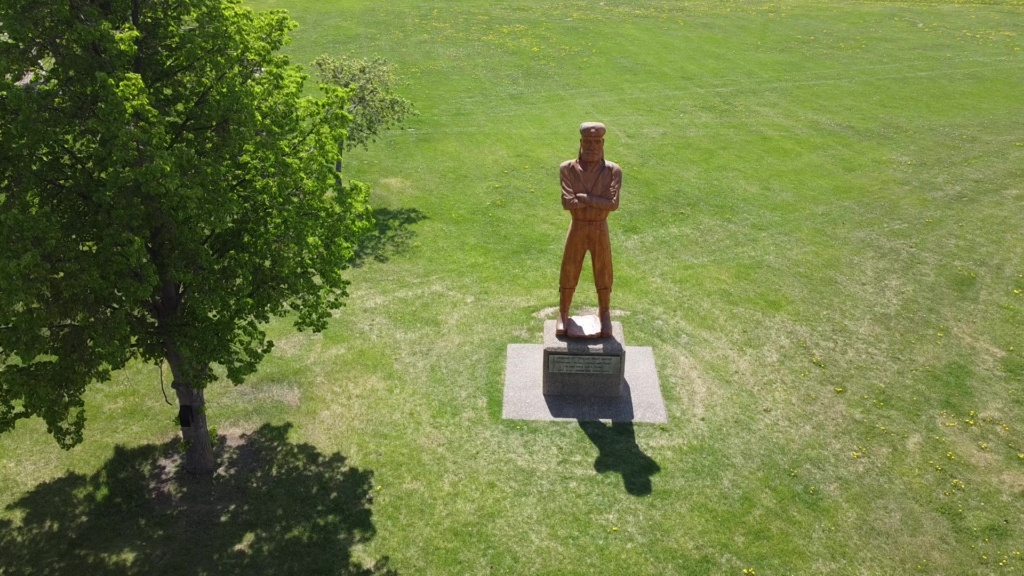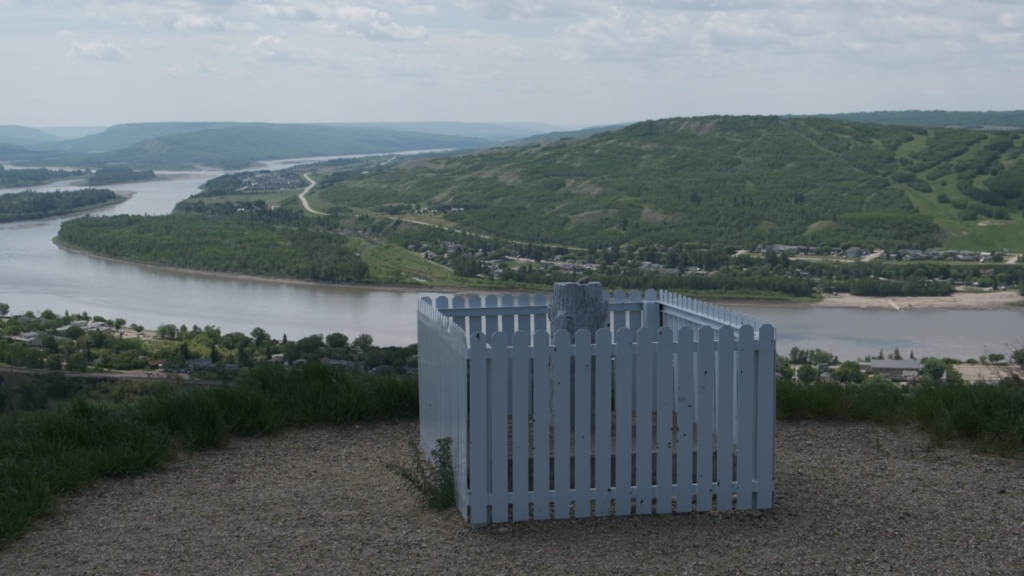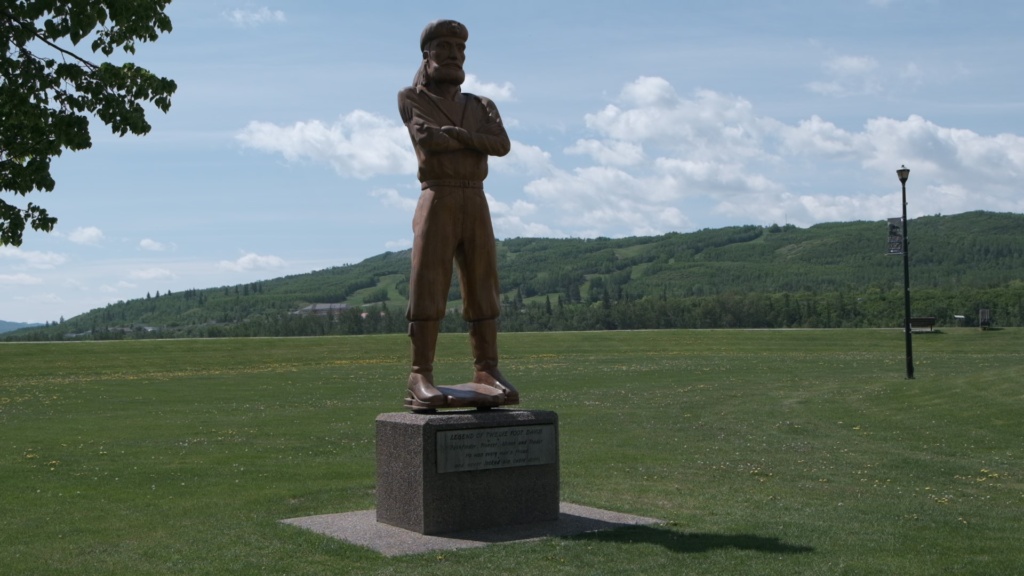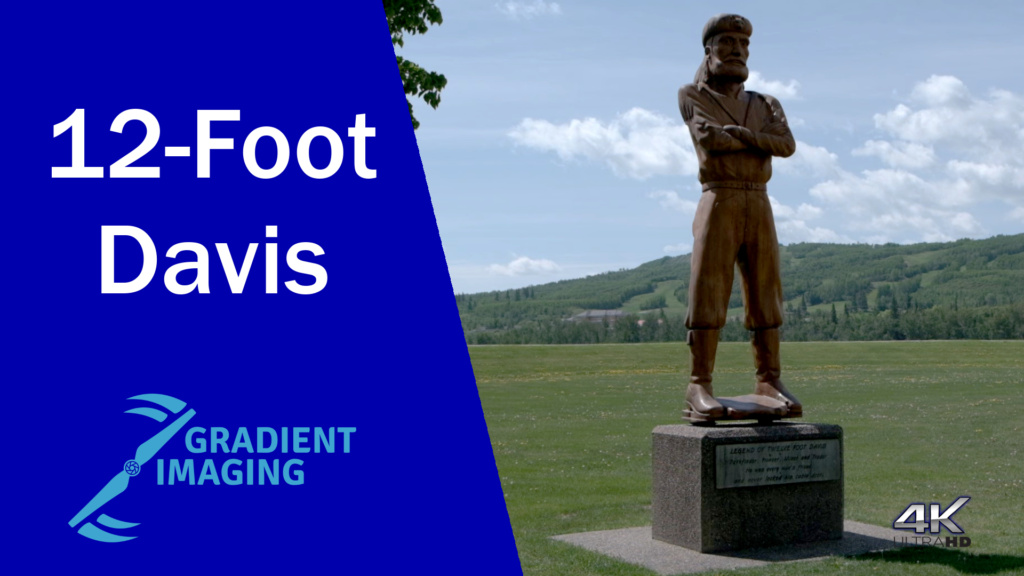Henry Fuller Davis, better known as “12-Foot Davis,” was a legendary figure whose story is a captivating part of Canadian history. Born in 1820 in Vermont, Davis’ adventures spanned from the California Gold Rush to the rugged wilderness of the Peace River area. His life was marked by resilience, shrewdness, and a knack for finding opportunities where others saw none.

Davis first made his way west in 1849, joining the hordes of fortune seekers in the California Gold Rush. Despite his efforts, he only found enough gold to get by, far from the wealth he had hoped for. When he heard about the gold fields in British Columbia, he decided to try his luck again and headed north to the Cariboo.
Upon arriving in the Cariboo, Davis found that all the prime gold-bearing land had already been claimed. However, his sharp eye noticed something unusual on Willow Creek, a small tributary of Williams Creek. Two miners had staked adjacent claims that seemed longer than the legal 100 feet each.
Davis decided to take a closer look. Under cover of night, he measured the claims and found they totalled 212 feet—12 feet more than allowed. The next day, he requested a resurvey from the gold commissioner, who confirmed Davis’s findings. Davis promptly claimed the 12-foot strip between the two claims. From that small piece of land, he extracted between $20,000 and $30,000 worth of gold, equivalent to nearly half a million dollars today. This savvy move earned him the nickname “12-Foot Davis.”
After his success in the Cariboo, Davis moved north to the Peace River area, transitioning from gold mining to fur trading. He used his earnings to establish a series of trading posts, challenging the dominance of the Hudson’s Bay Company (HBC). Davis was known for his fairness and honesty, which earned him the respect of French Canadian, Cree, and Métis traders. These Free Traders, as they were called, formed an alliance that competed fiercely with the HBC.

Despite being illiterate, Davis managed his trading empire with the help of trusted employees who read and wrote for him. One humorous story highlights his resourcefulness and pride: Davis received a letter from a friend, the factor at a nearby HBC post. Too proud to admit he couldn’t read, Davis made a show of studying the letter. Guessing it was a request for help, he sent two bottles of his best whiskey back with the messenger. The letter turned out to be an invitation to a New Year’s dinner. When a literate friend later read it to him, Davis just shrugged off the mistake, blaming it on a misinterpreted number.
Davis earned the nickname “the Timberwolf” for his strength and endurance. Despite his small stature, he could carry loads of up to 200 pounds on his back, double what he asked of his men. His toughness and work ethic were legendary, but even he couldn’t escape the toll of time. As he aged, he lost his eyesight and the use of his legs, yet he continued trading until his death in September 1900 at Lesser Slave Lake Mission.
In 1912, Peace River’s Jim Cornwall honoured Davis’s wish to be buried on Grouard Hill, overlooking the confluence of the Smoky and Peace Rivers. Davis had joked that he wanted to be buried where he could metaphorically “pee on the Hudson Bay Company.” Today, a grave marker on Grouard Hill commemorates 12-Foot Davis, celebrating his contributions as a pathfinder, pioneer, miner, and trader.

In Peace River, Alberta, a 12-foot wooden carving stands as a tribute to this remarkable figure. Davis’s life was a testament to resilience, shrewdness, and integrity. His story is a captivating chapter in Canadian history, reminding us of the indomitable spirit that shaped this land.
12-Foot Davis’s legacy lives on, not just in statues and grave markers, but in the stories of those who continue to be inspired by his adventures. His life exemplifies the spirit of determination and ingenuity that defined the pioneers of his era. Davis may not have been a household name, but his impact on Canadian history is undeniable.

